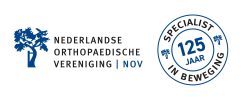|
Rationale: Adolescent idiopathic scoliosis (AIS) is a deformity of the trunk and spine that occurs during growth, which can result in life lasting consequences. The prevalence of AIS is 2-3% and part of these children need bracing or surgical treatment to prevent progression of the curve and a negative effect on adult quality of life. Current follow-up (FU) treatment protocols used in standard of care are based on national and international consensus and consecutive full spine radiographs are standard care during FU for detection of progression or monitoring for complications after surgery. However, a recent study created awareness of exposing AIS patients to frequent radiographs by demonstrated and increased incidence of cancer in later life. The optimal frequency of radiological FU has not been studied and often radiographs are acquired without treatment consequences. An improved follow up protocol, including patient- empowerment, is needed to decrease the number of radiographs without treatment consequences.
Objective: To evaluate the (cost-)effectiveness of a new patient-empowered FU protocol in patients with AIS that is based on patient-reported outcome measures (PROMs), self-assessment tools and physical examination, which is compared to standard FU care by: 1) Effect evaluation, 2) Economic evaluation, 3) Implementation (process) evaluation.
Study design: A multicentre pragmatic randomized trial design with two arms, combined with a patient preference cohort for each arm (partially randomized preference trial [PRPT]).
Study population: A total of 812 AIS patients (age 10-18 years) treated by the Dutch Scoliosis Consortium, representing the scoliosis treatment centres in the Netherlands, will be included. Three subgroups of AIS patients are distinguished, which are monitored over two years:
1. Pre-treatment group: growing childs with curve 10-25° (n=132 per arm; total n=264)
2. Post-brace treatment group (n=122 per arm; total n=244)
3. Post-surgery group (n=152 per arm; total n=304)
Intervention: The new patient-empowered FU protocol (PE-FU) is based on PROMs, self-assessment tools and clinical assessment including physical examination. The protocol aims to detect curve progression or postoperative complications based on these patient-based and clinical parameters to substitute the need to obtain routine x-rays. X-rays will only be taken when progression or postoperative complications are suspected in the pre- and post-intervention groups based on predefined criteria. The standard FU protocol consists of routine full-spine radiographs and routine clinical evaluations.
Main study parameters/endpoints: Primary outcome: (1) the proportion of x-rays that has led to treatment consequences for each subgroup. Secondary outcomes: (1) the proportion of patients with delayed initiation of (brace or operative) treatment due to non-routine radiographic FU, (2) radiation exposure, (3) costs from a healthcare and societal perspective, (4) positive predictive value and interrelation of clinical assessment, PROMs and radiological parameters for initiation of treatment during FU.
Nature and extent of the burden and risks associated with participation, benefit and group relatedness: AIS can be progressive during growth and detection by FU with regular consecutive radiographs is currently the standard of care. The potential benefit is that patients receive less ionizing radiation, as less radiographs are taken in the new PE-FU protocol. However, progression and/or post-operative complications may not be detectable until a later follow-up date, as routine radiographs will not be taken. Since the PE-FU protocol includes evaluation of PROMs and quantitative (self-)assessment tools during routine follow-up at the outpatient clinic, the risk of possibly missing potential serious progression of complications is minimized. Furthermore, routine radiographs at the end of the study period (at two year follow-up assessment) will be made to detect false negatives, which are radiological findings with treatment consequences (delayed bracing or operative treatment) that were not previously detected.
Meer informatie lees u hier.
|


